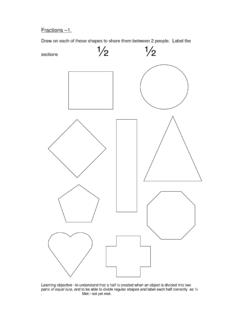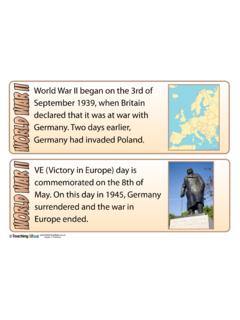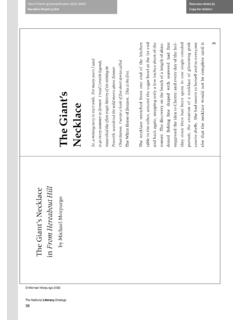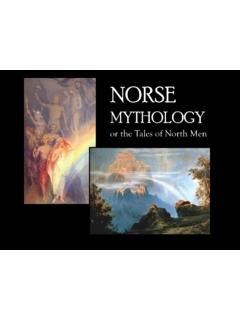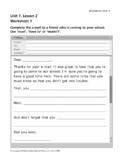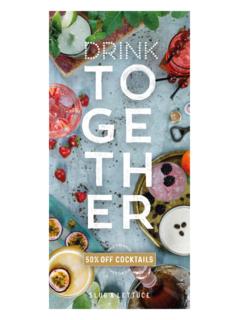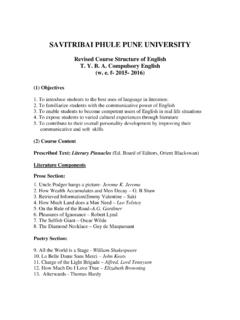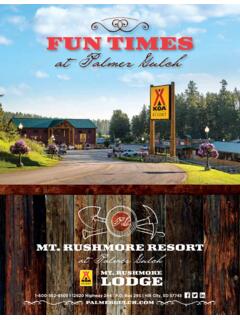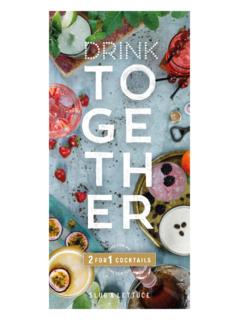Transcription of By Helen and Mark Warner - Teaching Ideas
1 Teaching Packs - Romans - Page Helen andMark Warner Teaching Packs - Romans - Page 3 Who were the Ancient Romans?4 Roman Houses and Towns23 Roman Families6 Roman Entertainment28 Roman Children9 Roman Religion34 Roman Fashion13 The Roman Army38 Roman Food and Drink16 Glossary44 Roman Jobs19 All of the underlined words in this book are in the glossary, so you can check their meaning if you need to. Find the glossary at page ancient Romans were one of the most advanced and successful civilisations in history. Two thousand years ago, they created a huge and extremely well organized Empire. They built large towns, roads and structures, some of which can still be seen today.
2 Throughout the Empire, the Roman way of life was followed. People wore Roman clothes, worshipped Roman gods and used Roman currency to buy and trade. Part of this success was because foreigners in conquered lands could become a Roman citizen. Teaching Packs - Romans - Page 4At their most successful time (in AD 117) the Roman Empire was 2,300 miles from north to south and 2,500 miles from east to west. All the lands around the Mediterranean Sea formed one empire which was ruled by the today owes a lot to the Romans. Many of the roads which the Romans built are still around and in use. The Romans amazing skills in building and engineering can also be seen around the country.
3 Is there any evidence of the Romans near to where you live? Teaching Packs - Romans - Page 5 Image ThinkStockDid you know?Roman ships had pointed rams at the front to smash holes in other Sea Teaching Packs - Romans - Page 11 Writing and RecitingThe Roman alphabet was based on the Greek alphabet. Children were taught the names of the letters and how to say them forwards and backwards. Pupils also had to remember long verses off-by-heart. Often these verses told stories about gods and heroes in Roman History. Children over the age of eleven would have been taught some Geography and Astronomy needed to learn arithmetic so that they could buy things at the market.
4 Children of farmers, merchants, shoe keepers and craftsmen had to know how to measure and weigh of the topics that they studied included: Numbers: Romans used seven symbols to write numbers. These symbols could be used to write any number. The highest value number was always on the left. When a smaller symbol is on the left of a larger one, it means it needs to be subtracted, so IX means 9. Weight: The Roman unit of weight was the libra or pound, which was divided into 12 ounces. Distance MoneyRoman NumeralsI=1V=5X=10L=50C=100D=500M=1,000 What did children learn?Roman Distances12 inches = 1 foot5 feet = 1 pace1000 paces = 1 mileRoman Money4 asses = 1 sesterius4 sesterces = 1 denariusImages ThinkStock Teaching Packs - Romans - Page 12 KnucklebonesThe bones of sheep or pigs were used to play Knucklebones.
5 The bones were thrown into the air and the players had to catch as many as they could on the back of their were used like marbles are today. They were also used to play a game called par impar (odd or even). In this game, a child held some nuts hidden in their hand (or behind their back) and their opponent had to guess if they were holding an odd or an even number of gamesRomans did not play football, but they did play ball games. The balls were made from leather stuffed with horsehair, so they were very heavy and did not bounce. So, ball games usually involved throwing or catching. One game played was called trigon. Three players would stand in a triangle throwing balls to each games did children play in ancient Roman times?
6 Roman ToysRoman children played with: Rattles made from wood / bone, Trolleys with wheels to help them learn to walk, Dolls, made from cloth / wax, Animals made from wood / clay (or bronze if your family was rich). Toy chariots. Some of these had sails and some were pulled by mice! Teaching Packs - Romans - Page 24 TablinumThe main living reception room for family and friends to : The BedroomsTricliniumThe Dining roomWealthy Romans could afford a countryside house (villa) and a town house (domus). These usually included:PeristyliumThe atrium opened out onto an open courtyard / garden called a peristylium. This was a central meeting place which helped the house to be spacious and feel cooler, especially on hot summer front door opened into the atrium, which was a square courtyard.
7 It did not have a roof, but had a row of overhanging tiles so that rainwater would collect into a pool in the middle of the ThinkStockRoman GladiatorsGladiator fights were considered the main event in amphitheatres throughout the were usually slaves or criminals and they were trained in special schools to prepare them for fighting in the arena. They were owned by rich men who liked to bet on them (or against them). Women found the gladiators very attractive and the gladiators could win fame, glory and prizes. If a Gladiator fought well or survived long enough they could be set free. Teaching Packs - Romans - Page 31 Life and deathThe Gladiators often fought in pairs or groups and were expected to fight to the death.
8 If a gladiator was wounded, the emperor could spare their life. He would usually listen to the crowd s opinion: Thumbs down meant that the gladiator had fought well and should be spared. In some cases, he could even gain his freedom. Thumbs up meant the sword of death, telling the gladiator s opponent to finish them off!Popularity of the GladiatorsA few days before the games, a program of events would be posted up all over town. The Romans were a bloodthirsty lot and got easily bored. Emperors spent huge amounts of money planning elaborate games. The arena was turned into mazes and sometimes flooded so that the gladiators could sail in small ships.
9 They even used wild exotic animals, such as lions, bears, wolves and elephants, to add to the spectacle. Sometimes, unarmed prisoners and criminals would simply be herded in so the crowd could watch them being killed and eaten by ThinkStock Teaching Packs - Romans - Page 35 JupiterJupiter was the god of the sky and also king of the gods. His symbols were the eagle and thunderbolt. He is often shown with a thunderbolt in his was the wife of Jupiter and patron goddess of women. Her symbols were geese, peacocks andwild fig was god of the sea and was Jupiter s brother. His symbol was the was the goddess oflove and are some of the main gods and goddesses that were worshipped by the ThinkStock Teaching Packs - Romans - Page 40 TunicUnder the armour, a coarse woollen tunic was and daggerA pugio (dagger) was worn on the left and had a double edged blade.
10 A gladius (sword) was worn on the heavy pack (weighing 40kg) was also worn. This contained a set of tools, a dish, pan, water bottle, daily rations of heavy javelin was called a pilum and could pierce armour were designed to protect the head, face and neck but still allow the legionary to see clearly. They were usually decorated with JacketThese were metal strips held together by leather straps on the inside. This meant they were flexible so the legionary could move was a belt worn with the tunic at all times. It was decorated with leather strips which gave protection to the groin in battle. The cingulum would also jangle when the legionaries marched intimidating their were very important as Roman soldiers had to march quickly for a long time.


